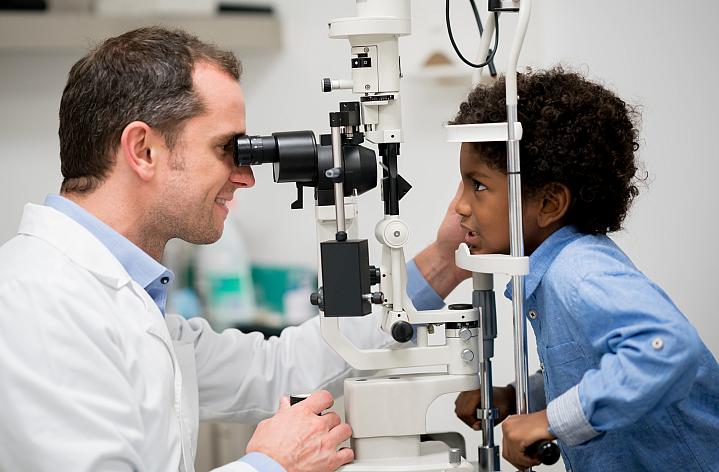Health Capsule
Contact Lenses Slow Children’s Nearsightedness
 andresr / E+ / Getty Images
andresr / E+ / Getty ImagesMyopia, or nearsightedness, usually starts during childhood and worsens over time. A new study found that a type of contact lens can slow its progression.
People with myopia can see close objects clearly, but things farther away are blurry. Those with severe myopia have a greater risk of developing other eye problems later in life.
Myopia is caused by the eye growing too long from front to back. Light then focuses in front of the retina (the light-sensitive tissue at the back of the eye) instead of directly on it. Single-vision contact lenses can focus light mainly back on the retina. But they also focus some light behind the retina. That can cause the eye to grow longer.
Researchers tested whether multifocal contact lenses could slow progression of myopia. These lenses have more than one prescription set in a bullseye pattern. The center focuses light on the retina. The outer part focuses light in front of the retina.
The study tracked disease progression in 287 nearsighted children, ages seven to 11. Some children wore single-vision contact lenses. Others wore one of two prescription strengths of multifocal contacts.
Researchers measured vision changes over three years. The stronger multifocal lenses slowed progression of nearsightedness the most. These lenses also slowed the eye growth that causes myopia.
“Compared with single-vision contact lenses, multifocal lenses slow myopia progression by about 43% over three years,” says Dr. David A. Berntsen of the University of Houston, one of the study’s leads.
NIH Office of Communications and Public Liaison
Building 31, Room 5B52
Bethesda, MD 20892-2094
nihnewsinhealth@od.nih.gov
Tel: 301-451-8224
Editor: Harrison Wein, Ph.D.
Managing Editor: Tianna Hicklin, Ph.D.
Illustrator: Alan Defibaugh
Attention Editors: Reprint our articles and illustrations in your own publication. Our material is not copyrighted. Please acknowledge NIH News in Health as the source and send us a copy.
For more consumer health news and information, visit health.nih.gov.
For wellness toolkits, visit www.nih.gov/wellnesstoolkits.



